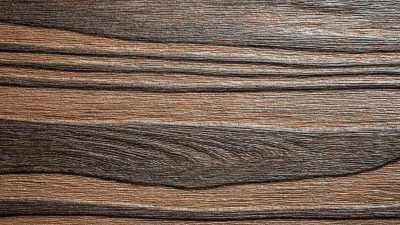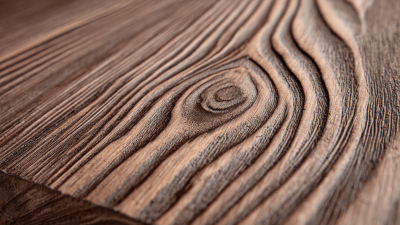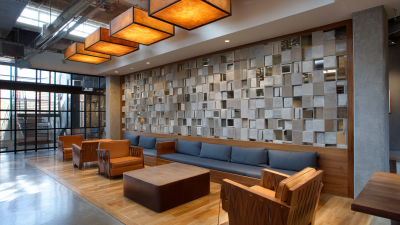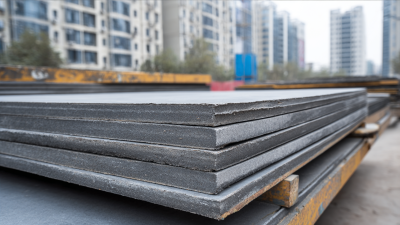Ultimate Checklist for Choosing the Right Fiber Cement Partition Board for Your Project
 When it comes to selecting materials for construction projects, the choice of
wall partitions plays a pivotal role in ensuring
durability and
efficiency. Among various options available,
the Fiber Cement Partition Board has emerged as a leading choice due to its superior resilience and versatility.
According to a recent report by Research and Markets, the global fiber cement market is projected to reach
$17.2 billion by 2024, driven by an increasing demand for eco-friendly and durable building materials.
This remarkable growth is attributed to the inherent benefits of fiber cement boards, such as
fire resistance,
moisture retention, and
ease of installation. As construction standards evolve,
understanding the nuances of Fiber Cement Partition Board becomes essential for architects, builders, and contractors who aim to
optimize their projects while adhering to
sustainability benchmarks. This checklist aims to guide you through the critical considerations for
choosing the right fiber cement solution for your specific needs.
When it comes to selecting materials for construction projects, the choice of
wall partitions plays a pivotal role in ensuring
durability and
efficiency. Among various options available,
the Fiber Cement Partition Board has emerged as a leading choice due to its superior resilience and versatility.
According to a recent report by Research and Markets, the global fiber cement market is projected to reach
$17.2 billion by 2024, driven by an increasing demand for eco-friendly and durable building materials.
This remarkable growth is attributed to the inherent benefits of fiber cement boards, such as
fire resistance,
moisture retention, and
ease of installation. As construction standards evolve,
understanding the nuances of Fiber Cement Partition Board becomes essential for architects, builders, and contractors who aim to
optimize their projects while adhering to
sustainability benchmarks. This checklist aims to guide you through the critical considerations for
choosing the right fiber cement solution for your specific needs.
Key Considerations for Selecting Fiber Cement Partition Boards
When selecting fiber cement partition boards for your project, several key considerations can optimize performance and durability. According to a report by MarketsandMarkets, the global fiber cement market is projected to reach USD 21.3 billion by 2025, driven by the increasing demand for sustainable and fire-resistant construction materials. This growth emphasizes the importance of choosing the right material to meet both safety standards and aesthetic preferences.
One crucial factor to evaluate is the board's thickness and density, which directly affect its insulation properties and overall strength. For instance, thicker boards provide superior sound insulation, making them ideal for residential and commercial spaces, where noise control is essential. The American Concrete Institute has suggested that products with a density of at least 1.8 g/cm³ offer enhanced resistance to impact and moisture, reducing the likelihood of warping or damage over time. Additionally, consider the manufacturer's certifications, as boards that meet ASTM standards are more likely to perform consistently under varying environmental conditions.
Choosing the right fiber cement partition board involves balancing these considerations with your project's specific needs, ensuring that you benefit from both durability and functionality.

Understanding Different Types of Fiber Cement Boards and Their Uses
When it comes to selecting the right fiber cement partition board for your project, understanding the various types available is crucial. Fiber cement boards are recognized for their durability and versatility, making them ideal for a range of applications, from interior walls to external cladding. The two main types are smooth and textured boards, each serving different aesthetic and functional needs. Smooth boards provide a clean, modern look perfect for minimalistic designs, while textured boards can add character and depth, making them suitable for more traditional or rustic settings.
When choosing fiber cement boards, consider the specific uses for each type. For example, if you're working on high-moisture areas like bathrooms or kitchens, opt for moisture-resistant boards that provide added protection against mold and rot. Additionally, keep in mind the thickness of the board; thicker options can offer better soundproofing and insulation, which is essential in multi-family dwellings.
Tips for installation are also important. Always ensure proper sealing around edges and joints to prevent water infiltration, which can compromise the board's integrity. Moreover, align your boards correctly for a seamless finish, and don’t forget to account for expansion and contraction, especially if your project is in a region with fluctuating temperatures. By understanding the different types of fiber cement boards and their specific uses, you can choose the best option for a successful project.

Evaluating Performance and Longevity Factors in Your Project
When selecting the right fiber cement partition board for your project, evaluating performance and longevity factors is crucial. Fiber cement boards are known for their durability and resistance to harsh environmental conditions, making them a popular choice in both residential and commercial construction. Ensure that the product you choose is specifically designed for the intended use, as this will affect its longevity and performance under stress.
Tip: Always check for certifications and test reports that demonstrate the board's performance metrics, such as moisture resistance, fire rating, and structural stability. These indicators can provide insight into how well the board will withstand time and environmental factors.
Additionally, consider the maintenance requirements of the fiber cement boards. While they are low-maintenance compared to other materials, some products may require periodic checks or treatments to preserve their longevity.
Tip: Opt for boards with factory-applied finishes or coatings that enhance performance. This not only improves their lifespan but also reduces the need for frequent maintenance, ensuring your project remains cost-effective over time.
Tips for Assessing Environmental Impact and Sustainability
When selecting fiber cement partition boards for your project, understanding their environmental impact is crucial. Recent studies reveal that building materials significantly contribute to carbon emissions, energy consumption, and resource depletion. Implementing a Life Cycle Thinking Framework can help assess these impacts, allowing architects and builders to choose materials that minimize environmental harm throughout their life cycle. For instance, innovations in sustainable building materials have led to production technologies that not only enhance performance but also substantially reduce negative effects on the ecosystem.
**Tips for Assessing Environmental Impact**: When evaluating fiber cement boards, consider their production methods and sources. Look for products that utilize recycled or eco-friendly materials, as this can drastically reduce deforestation, biodiversity loss, and overall ecological footprint. Furthermore, examining companies' sustainability practices is vital; those committed to transparency and low-emission production processes often yield more environmentally responsible choices.
Another critical aspect is energy efficiency. An emissions calculator can assist in predicting the long-term sustainability of your materials, helping you to select options that support decarbonization goals. By focusing on these key areas, you not only ensure compliance with modern sustainability standards but also contribute positively to the environment.
Ultimate Checklist for Choosing the Right Fiber Cement Partition Board for Your Project - Tips for Assessing Environmental Impact and Sustainability
| Criteria |
Description |
Importance (1-5) |
Environmental Impact |
Sustainability Rating (1-10) |
| Material Composition |
Assess the materials used in the fiber cement board. |
5 |
Low Carbon Footprint |
8 |
| Manufacturing Process |
Understand how the board is made, including energy use. |
4 |
Recyclability |
7 |
| Durability |
Evaluate the lifespan and resistance to moisture and pests. |
5 |
Eco-Friendly Performance |
9 |
| Installation Requirements |
Check if special tools or techniques are needed for installation. |
3 |
Waste Generation |
6 |
| Health and Safety |
Look for certifications regarding hazardous substances. |
4 |
Non-Toxic Materials |
10 |
Cost Analysis: Budgeting for Fiber Cement Partition Board Options
When planning a project that involves fiber cement partition boards, budgeting is a crucial step that can significantly impact the overall success of your endeavor. Understanding the cost implications of different fiber cement options allows you to make an informed decision that aligns with your financial constraints. Generally, the price of fiber cement boards can vary based on factors such as brand, thickness, and fire resistance. By conducting a thorough cost analysis, you can determine which options fit within your budget while still meeting your project’s structural and aesthetic requirements.
Moreover, it’s important to consider not only the initial purchase cost of fiber cement boards but also the long-term value they provide. These materials often require less maintenance compared to traditional boards, leading to potential savings on repairs and replacements over time. Investing in high-quality fiber cement boards might yield a higher upfront cost, but the durability and performance benefits can justify this expense. By taking the time to compare prices and assess long-term costs, you can ensure that your project remains within budget while achieving the desired quality and longevity.
Budget Analysis for Fiber Cement Partition Board Options

Products
About Us
Download
News
Blog
Contact Us
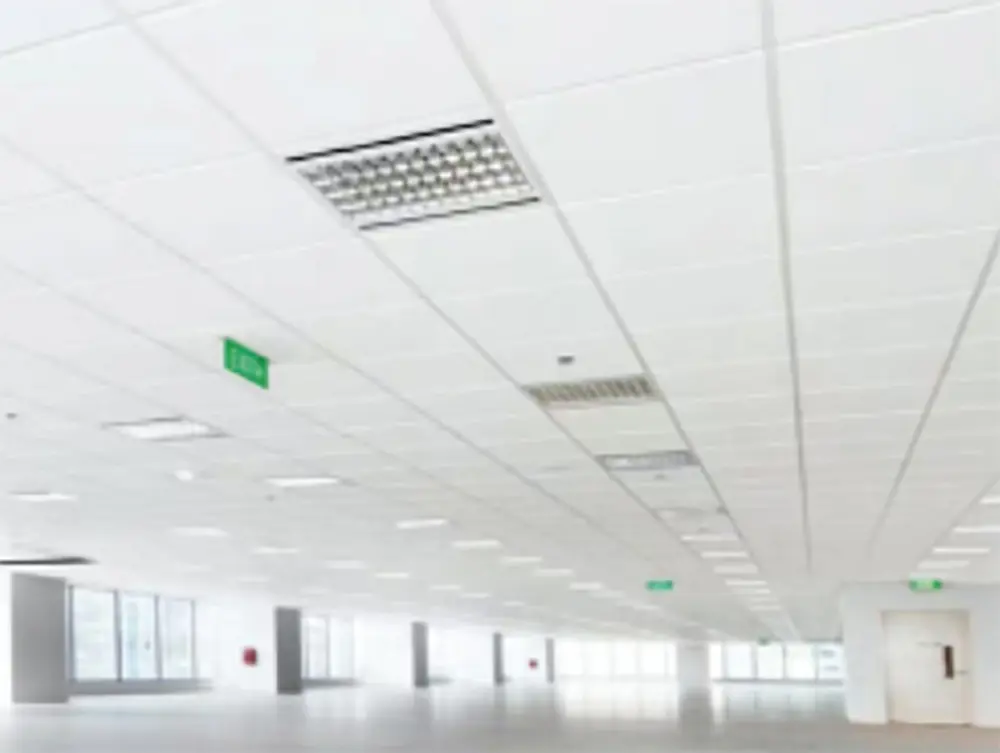 LEAO®Deco Ceiling
LEAO®Deco Ceiling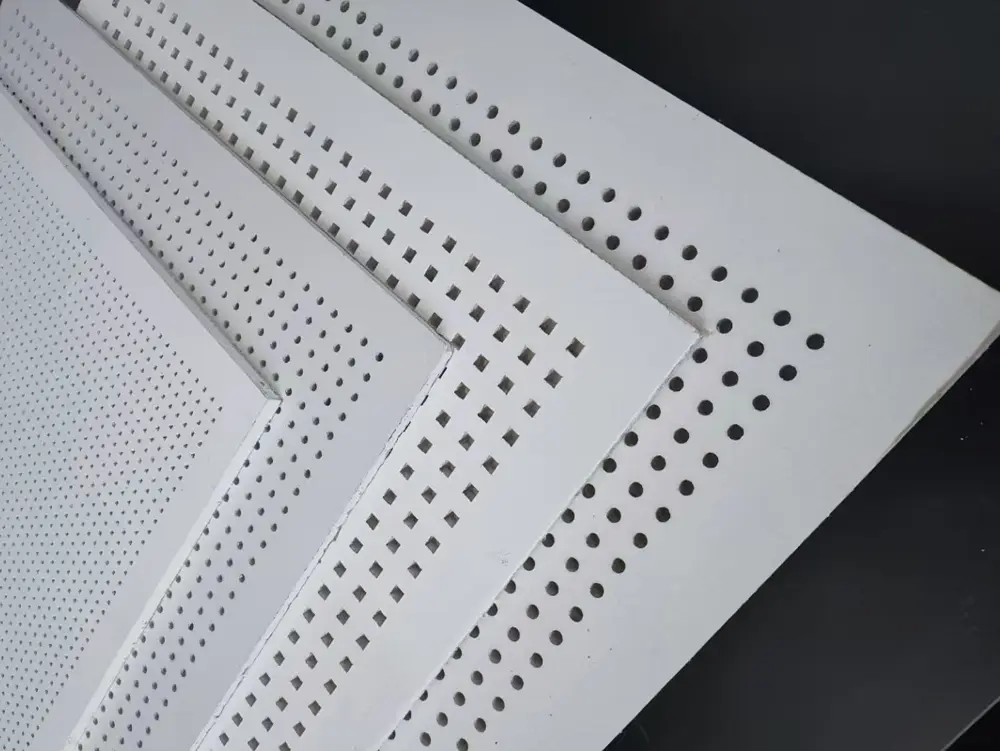 LEAO® Perforated Ceiling
LEAO® Perforated Ceiling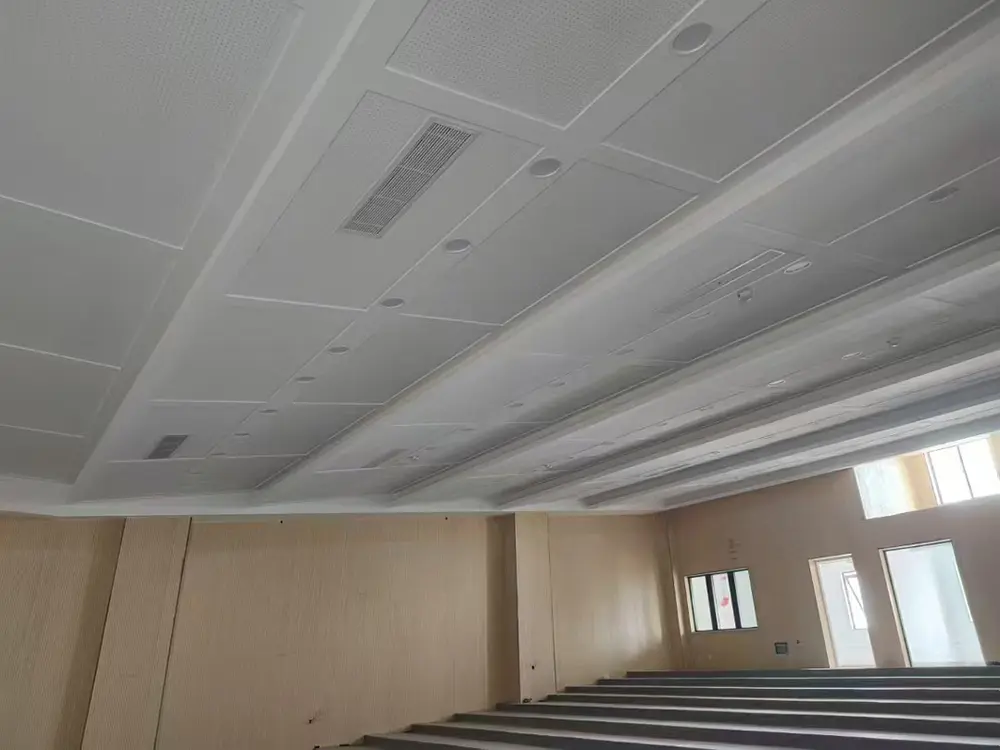 LEAO® Ceiling Board
LEAO® Ceiling Board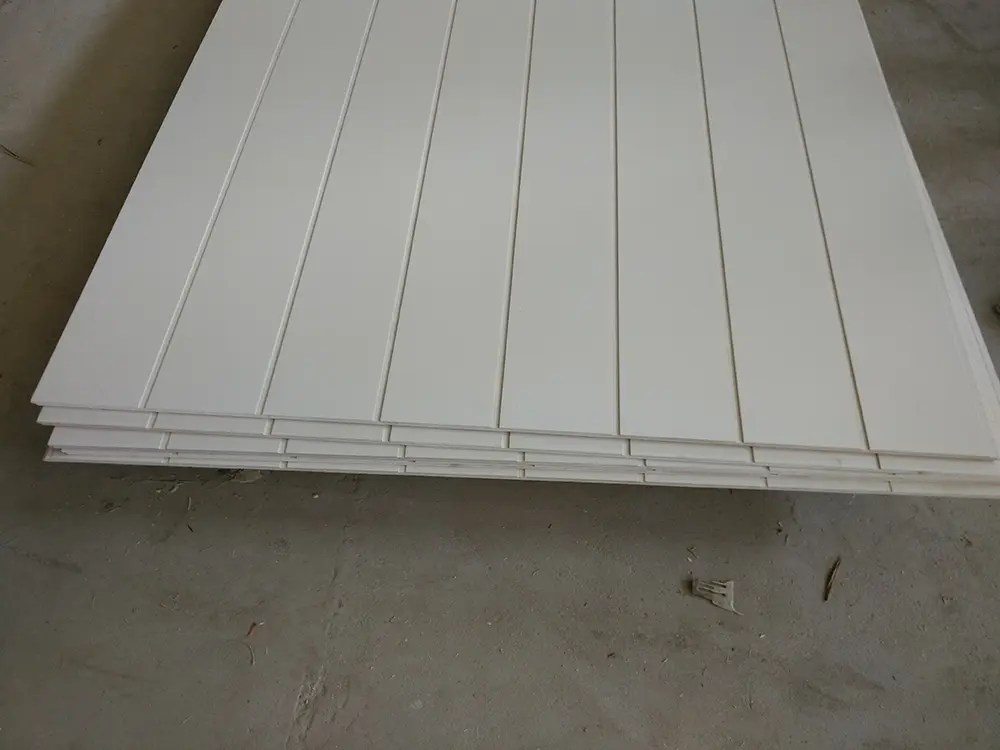 LEAO® Groove Interior Panel
LEAO® Groove Interior Panel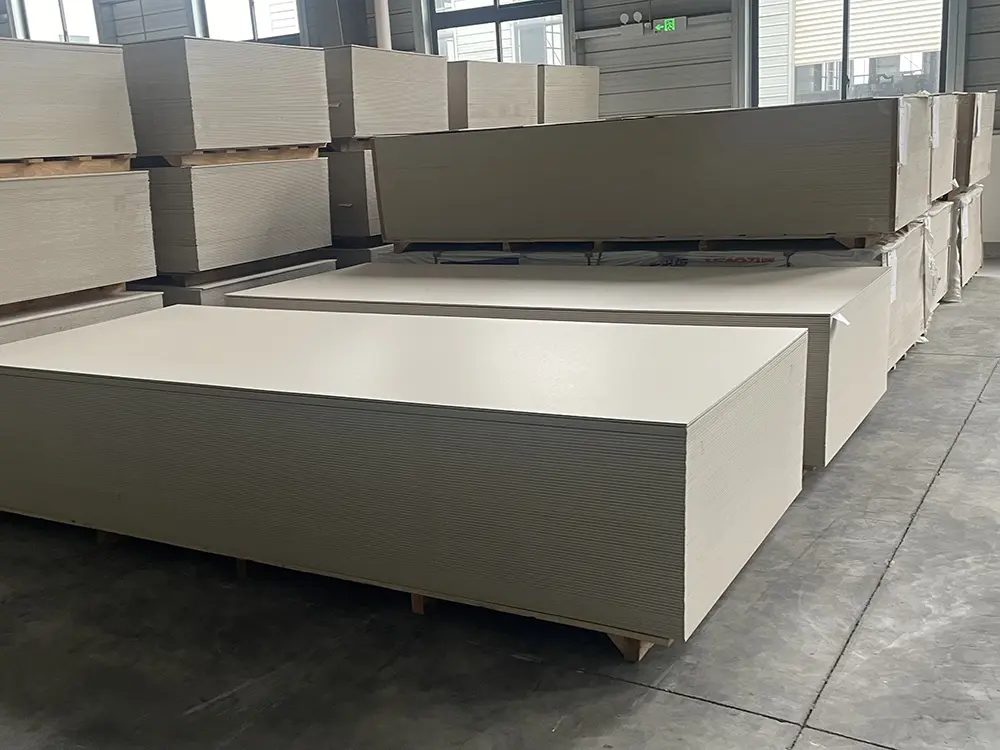 LEAO® Interior Board
LEAO® Interior Board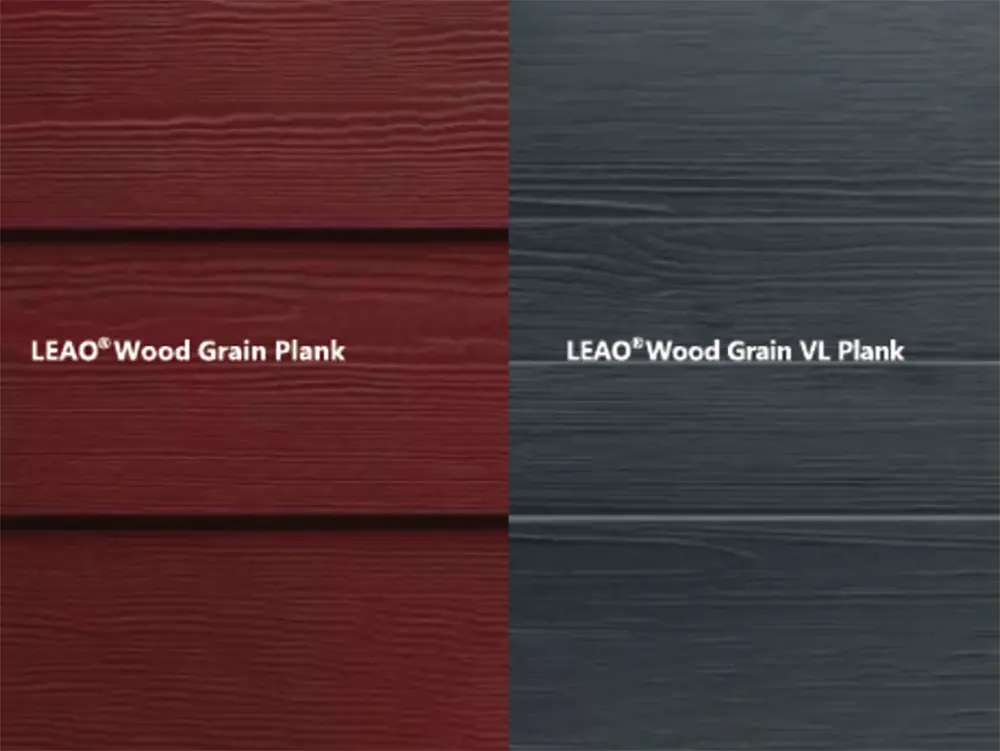 LEAO® Wood Grain Plank
LEAO® Wood Grain Plank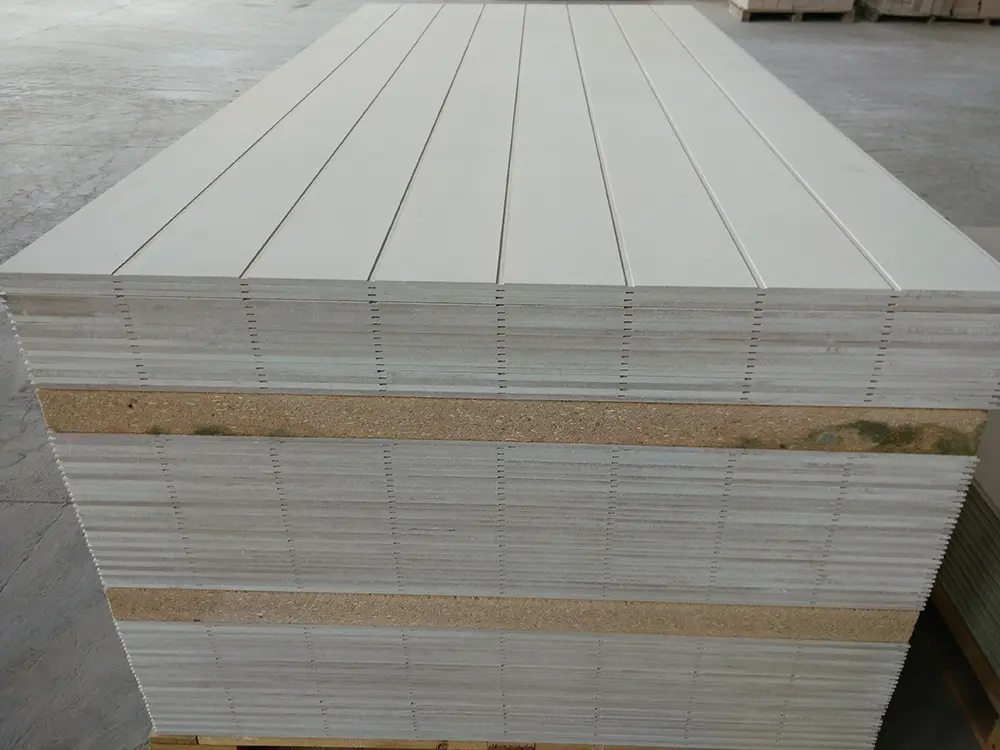 LEAO® Grooved Exterior Panel
LEAO® Grooved Exterior Panel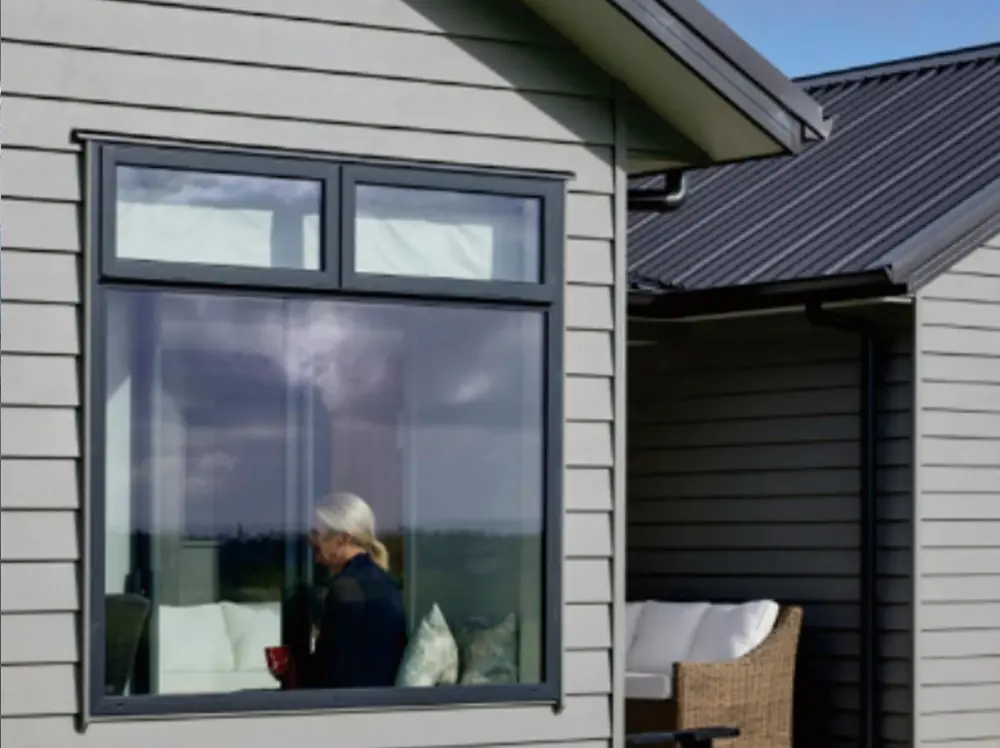 LEAO® Weatherboard
LEAO® Weatherboard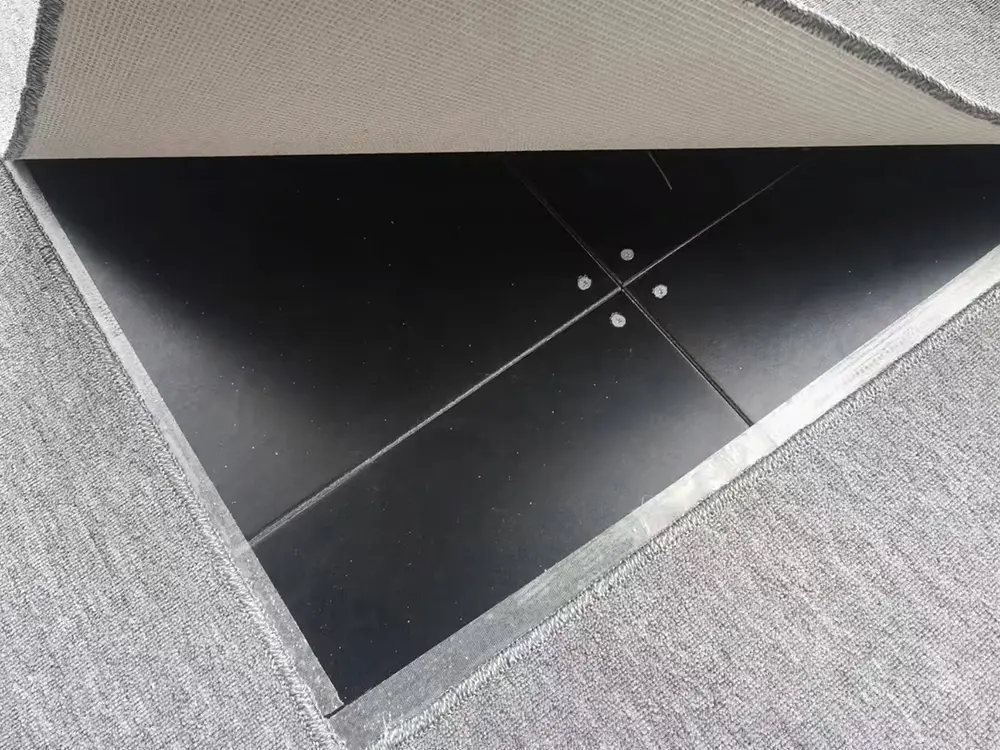 LEAO® Access Floors
LEAO® Access Floors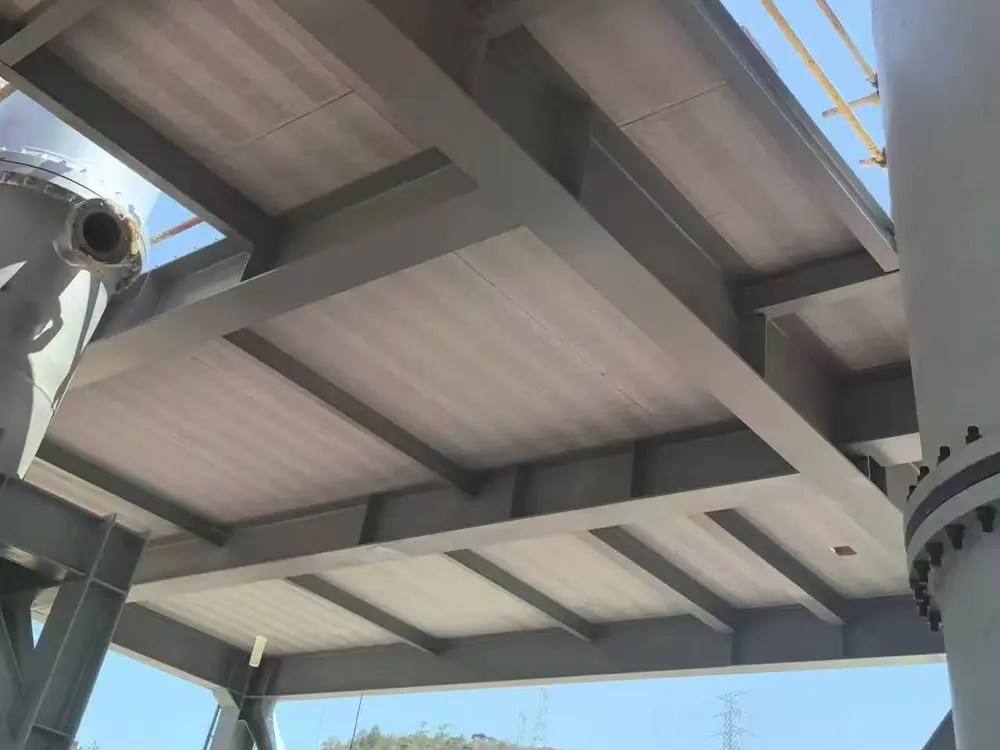 LEAO® Non-removable Formwork
LEAO® Non-removable Formwork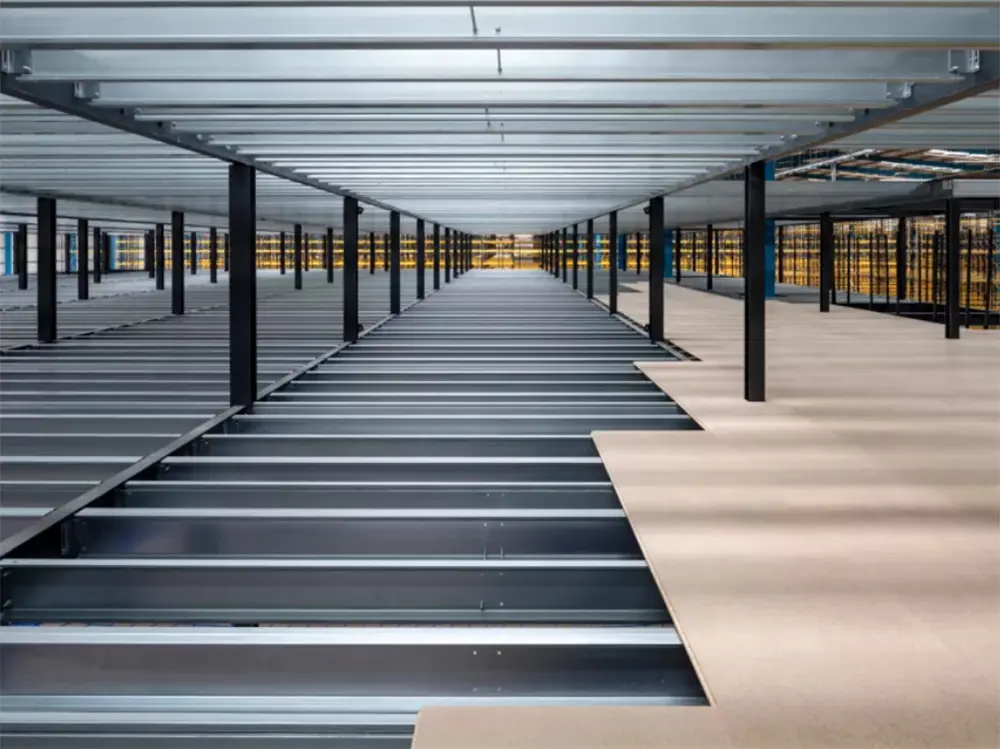 LEAO® Mezzanine Board
LEAO® Mezzanine Board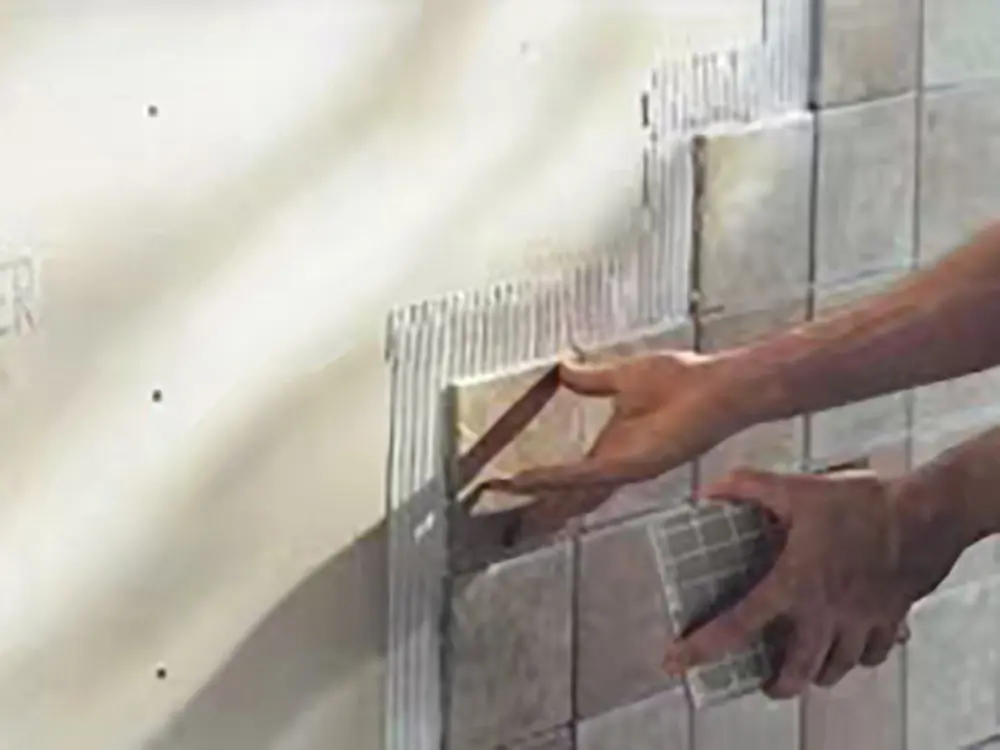 LEAO® Ceramic Tile Underlay
LEAO® Ceramic Tile Underlay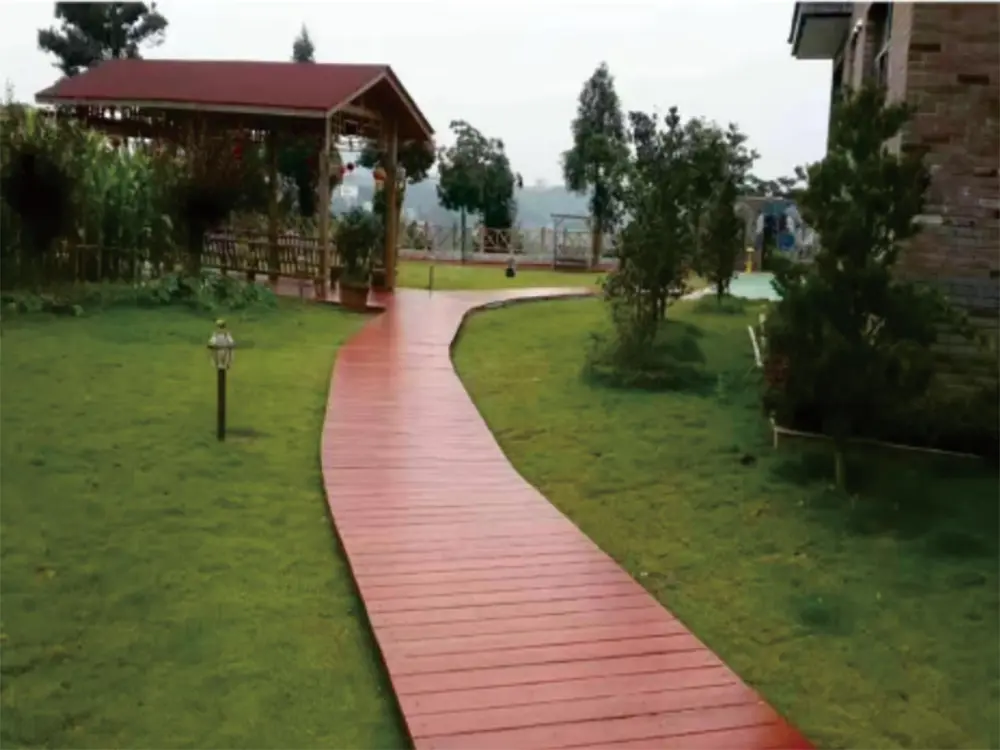 LEAO® Floor Plank
LEAO® Floor Plank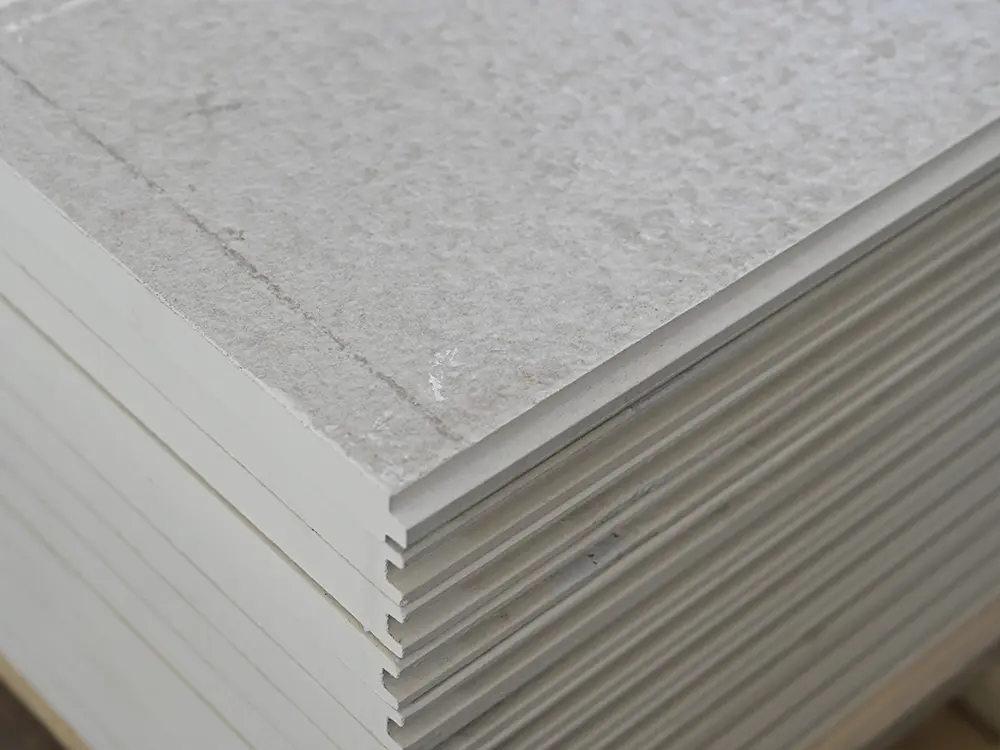 LEAO® Flooring
LEAO® Flooring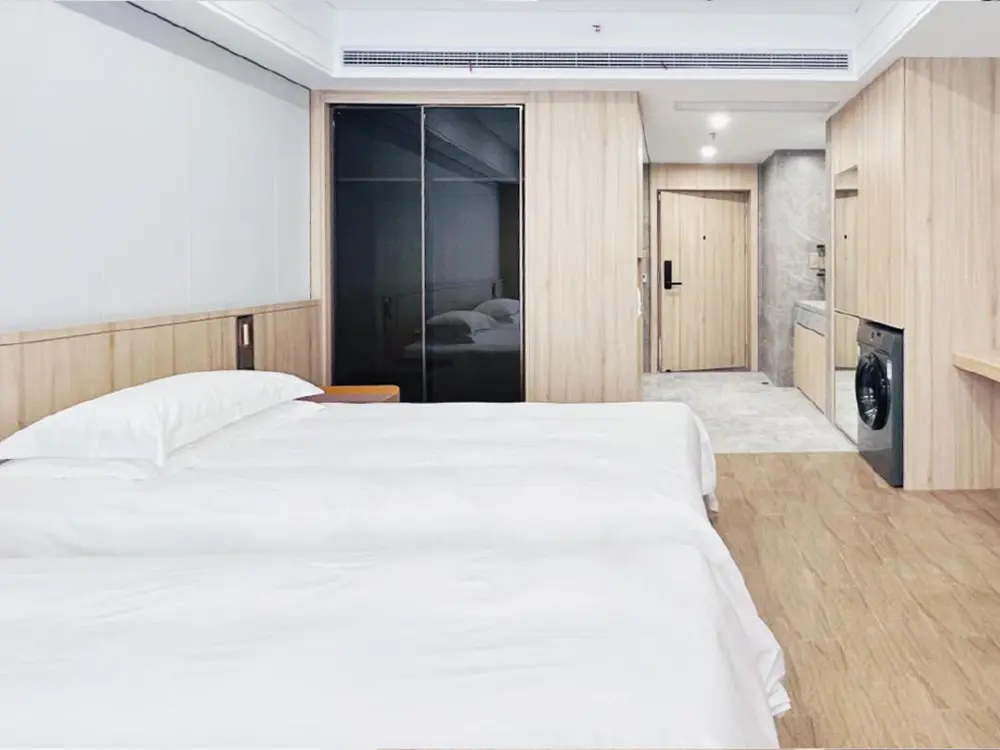 LEAO® Wood Style Decorative Panel
LEAO® Wood Style Decorative Panel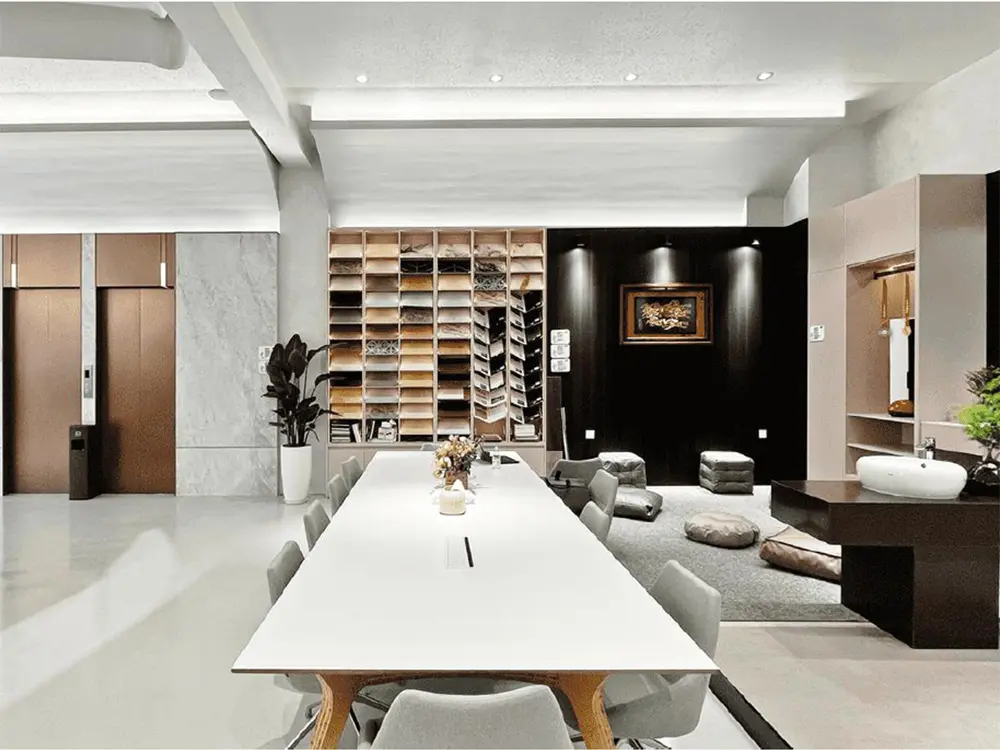 LEAO® Stone Style Decorative Panel
LEAO® Stone Style Decorative Panel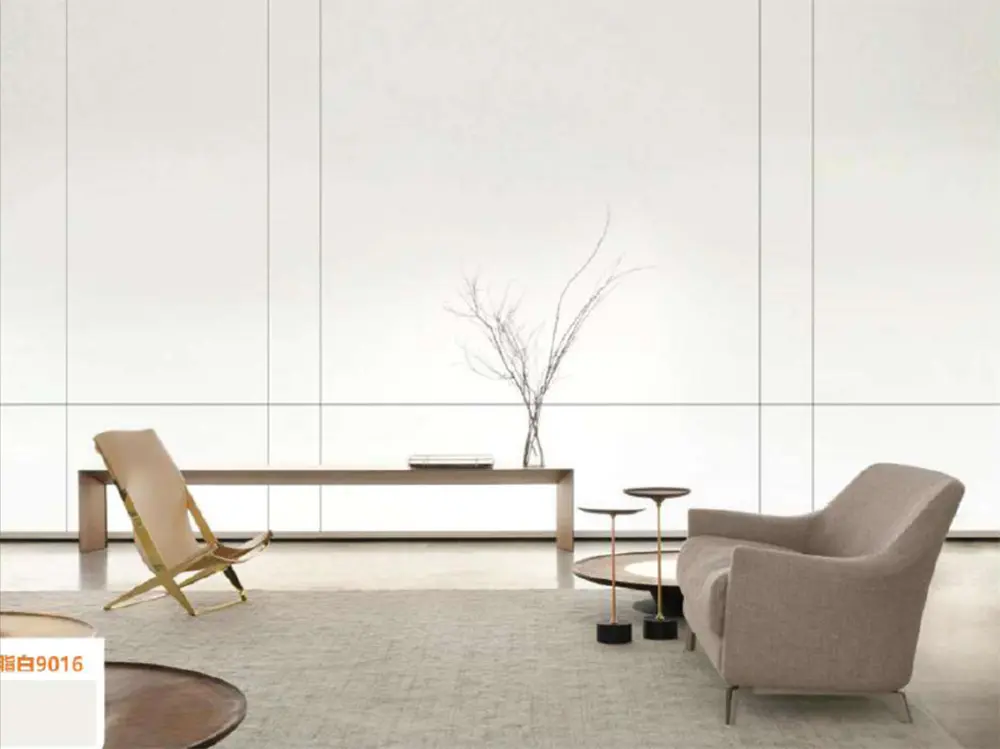 LEAO® Pure Style Decorative Panel
LEAO® Pure Style Decorative Panel When it comes to selecting materials for construction projects, the choice of
When it comes to selecting materials for construction projects, the choice of


